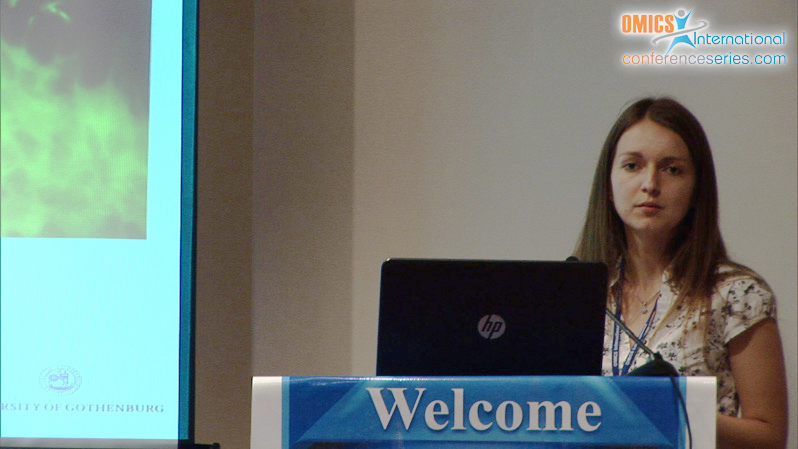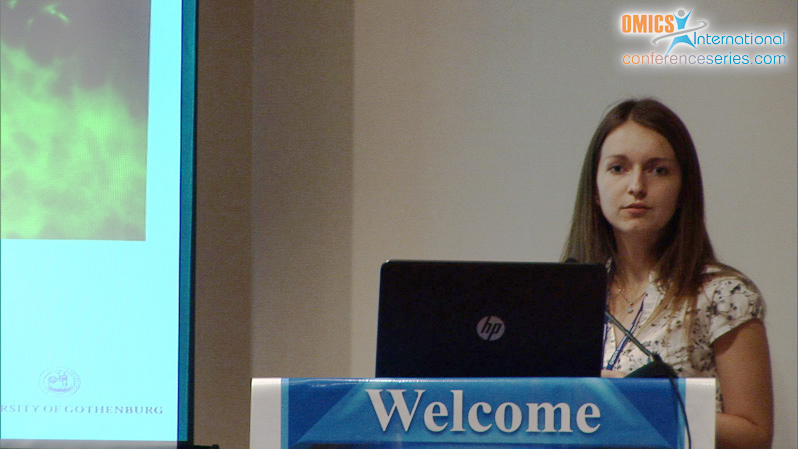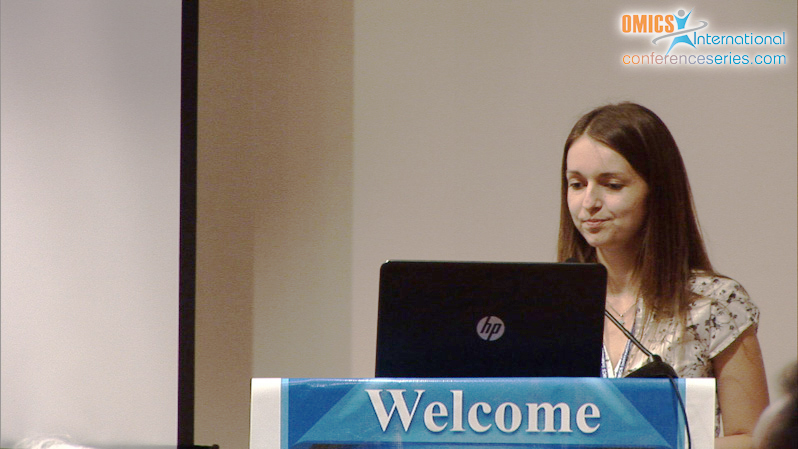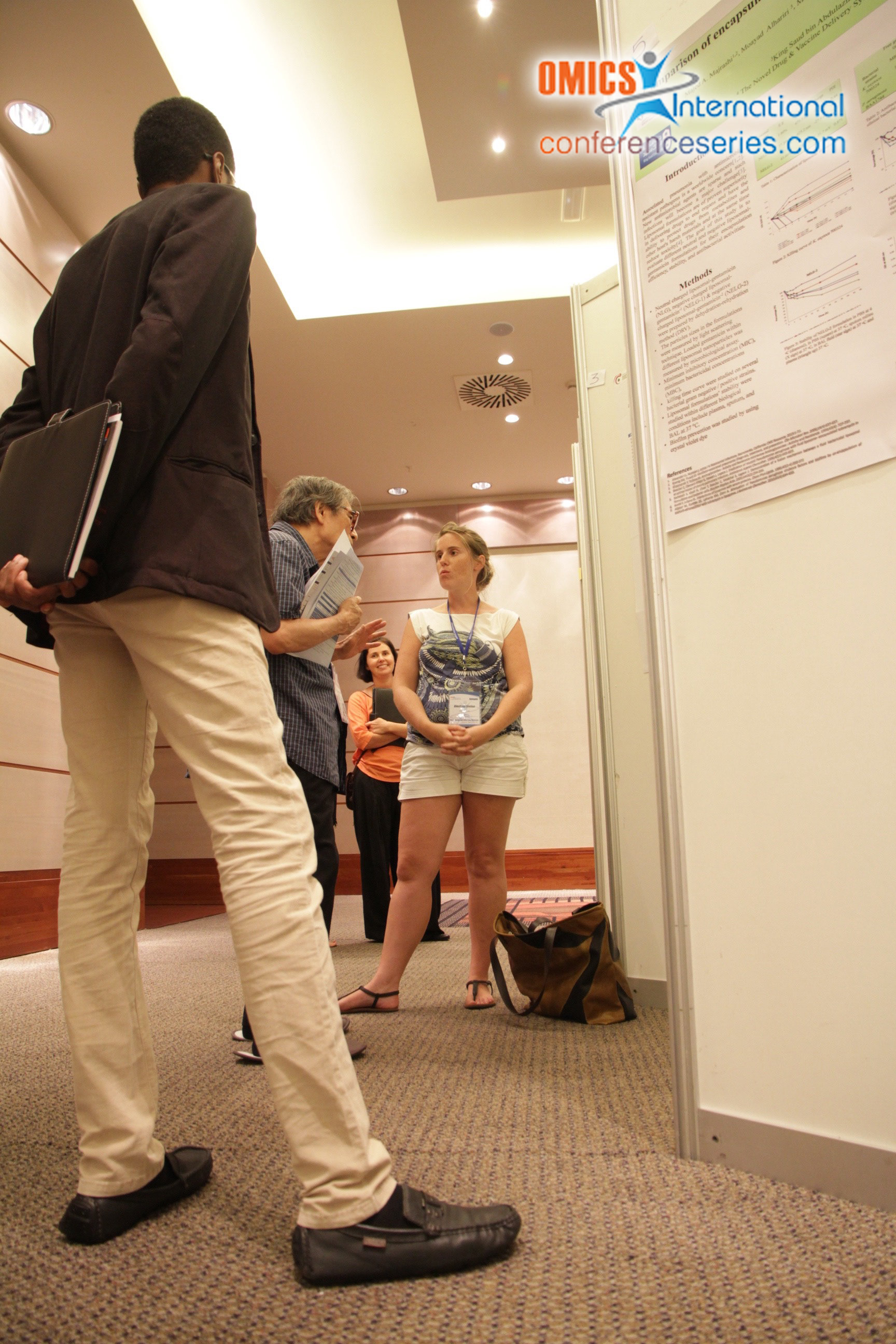
Médea Padra
University of Gothenburg, Sweden
Title: Host-Helicobacter interactions in the mucus niche
Biography
Biography: Médea Padra
Abstract
Helicobacter pylori chronically infects half of the world’s human population and is the main etiological agent causing gastric ulcers and cancer. Helicobacter suis colonizes the gastric mucosa and in pigs it is associated with gastritis, decreased daily weight gain and possibly gastric ulcer disease. H. suis is also the most prevalent non-H. pylori Helicobacter species in the human stomach and is associated with peptic ulcer disease, gastric mucosa-associated lymphoid tissue lymphoma and chronic gastritis. Helicobacters are prone to developing antibiotic resistance, and recurrence frequently occurs. H. pylori-infected rhesus monkeys and human children secreting mucins with less H. pylori binding capacity develop higher H. pylori density infections and gastritis, supporting that the ability of secreted mucins to bind to H. pylori protects the gastric epithelium. Gastric mucin turnover is impaired during H. pylori infection, which in turn creates a more stable environment for H. pylori to colonize long term. H. pylori and H. suis bound to human and pig mucins via the mucin glycans, with distinctly different specificites: the most notable difference being that, H. suis bound to neutral glycans with an acidic pH optimum. This unusual binding mode may be the reason for that H. suis in addition to colonizing the mucus layer also colonizes the acid producing parietal cells. We found over 300 glycan structures on mucins from 16 humans, and each individual carried 60-120 structures, whereas we found around 250 structures in four pigs. Mucins differently regulated Helicobacter proliferation, gene expression and downstream interactions with host cells. This regulation appeared to occur via at least three glycan response pathways. Both in primate and pig models of infection, host glycosylation was altered during infection, which affected the ability of these pathogens to interact with their hosts, and the outcome of the interaction. In conclusion, when a Helicobacter encounters the mucins that builds up the mucus layer, its behavior changes in a host specific manner in response to the mucin glycans. This “changed” pathogen then interacts with the host epithelial cells, which responds by changing its mucins and mucin glycans, which in turn changes the pathogen again, in a constant host-pathogen adaptation and response process.






